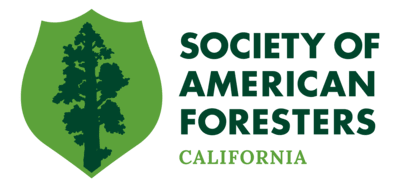[youtube https://www.youtube.com/watch?v=F_IGZVZECFA]
Index to Interview Questions:
00:15 – Please provide some of your background and tell us how you became interested in forestry as a career.
00:54 – Please describe some of the jobs and experiences that encompass your 42 year career with the US Forest Service.
1:45 – Please provide a general description of the dynamics leading to the extensive tree mortality in the southern Sierra.
06:08 – As a silviculturist, do you see any alternatives or mitigation to lessen the impact of the southern Sierra tree mortality?
11:57 – Is tree mortality much different than at higher elevations,e.g. above 5,000 – 6,000 feet?
14:42 – If the strategies you mentioned were applied, what kind of effect do you think they would have?
15:54 – Assuming a successful fire suppression strategy, what elements would be necessary to keep these stressed forests sustainable and diverse?
17:48 – Did forest research enhance your career? What about technology changes?
22:17 – Provide some insight into budgeting challenges you have faced in the
National Forest System.
27:47 – What do you see as the greatest challenge for the forestry profession going forward, especially in California?
29:20 – How has collaboration played a role in your career? Do you have examples of success and failure?
46:44 – Please explain some of the management techniques you have found useful.
52:36 – What advice would you have for a young person considering a career in forestry or natural resource management?
53:52 – What do you see as the future of forestry and natural resource management, especially in California?
54:22 – In a perfect world, what would be
your vision of an ideal forest?
54:50 – Tell us why membership in SAF has been important to you. How can SAF stay relevant going forward?
-END-
